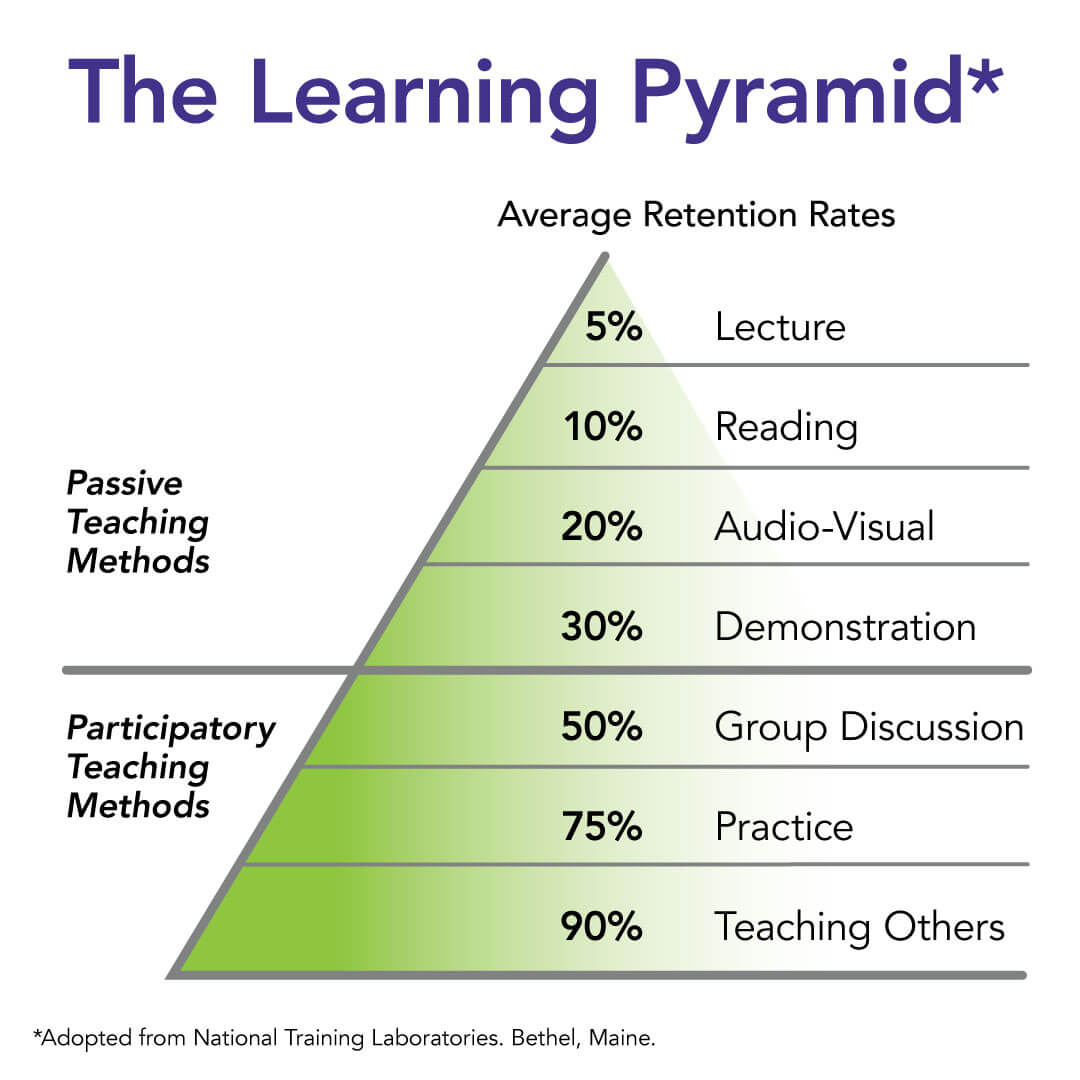The ability for an organization to learn, develop, and build skills and capabilities faster than its competition is a competitive advantage in today’s fast-evolving business landscape.
A commitment to employee learning and development ensures your employees are at the top of their game—improving morale, and reducing turnover. Integrating learning and development into your organization’s budget is not just a strategic choice, but an essential investment into your organization’s future success.
Here are five tips to optimize the effectiveness of your learning and development budget:
1. Align budget with skill gaps.
I know this seems like a no-brainer, but we have all been there. You start to implement the latest [insert current technology skill here] training program your team spent months procuring or building only to find it missed the mark completely.
By planning ahead and taking the time to assess your team’s skills and knowledge you can focus on the specific gaps in skills and capabilities that are most important to your organization. This step will ensure you’re addressing the needs of your employees without wasting time (yours and theirs) and money.

2. Make your training fun and interactive.
According to a study conducted by the National Training Laboratories, traditional lecture-based learning is known to be ineffective—only 5% of the information is retained after the fact. Instead, think about blended and interactive training methods that include activities that put skills and principles into action. When employees actively engage with the material, they are far more likely to retain and effectively apply what they’ve learned.
Using quizzes, leaderboards, and rewards in your training through gamification can turn learning into a friendly competition, motivating learners to actively participate and excel.
3. Model your training after real-world experience.
Want to make learning stick? Focus your efforts on learning programs that look and feel like tasks your employees will need to be doing. Establish a foundation through traditional methods and then reinforce through peer coaching (teaching others has a 90% retention rate), practical exercises (75% retention rate), and real-world experience.
This year we are continuing to see a build in interest in the use of AI and the integration of AR & VR in eLearning. Using these modalities to personalize the learning experience and allow learners to simulate real-world scenarios makes for an immersive and interactive learning environment.
While developing a simulation or gamification might have higher upfront costs, it is important to consider the long-term savings they may bring—such as better retention of skills, reduced training time, and less waste of resources. You can see some examples of this in our portfolio.
4. Make it manageable with employee workloads.
Full days of in-person or virtual conferences or training can work, but this isn’t always manageable, effective, or budget-friendly.
To ensure that training and development align with employees’ schedules and needs without necessitating extra work hours, consider the following strategies:
- Virtual conferences offering tracks and the option for viewing sessions on-demand allow employees to self-direct their learning and fit it into their schedule.
- Subject matter experts in your organization can lead lunchtime or “lunch and learn” discussions on needed topics.
- Product managers can record video product demonstrations and then host a Q&A.
- Rotate attendance at trainings between key employees, then have the attendees present key lessons learned and how they can be applied to the job.
- Tap subject matter experts and leadership to create curated content playlists that focus on the emerging trends and priority topics.
Want more ideas on how to make the most of your training budgets? Check out this article from Forbes – 14 Low-Cost Training Initiatives for Businesses on a Budget.
5. Measure effectiveness and then adjust.
Once you’ve implemented your training programs, plan to re-run skills gap assessments and program surveys. Surveys and assessments (with the right questions) might require additional budget and time commitments, but they ensure your employees learned what they needed from the program and offer the opportunity for your L&D team to gather crucial feedback for making improvements.
In conclusion, incorporating learning and development into your organization’s budget is not just an expense; it’s an investment in your people, your competitive advantage, and your future. Leaders with a commitment to the growth and development of their employees act as the architect to a culture of learning and change. When it comes to deciding where to allocate your time and training budget for maximum impact, the five key tips outlined in this article are a good place to start.
Schedule a free consultation with Evolve today to learn about how we can make these changes easier.

